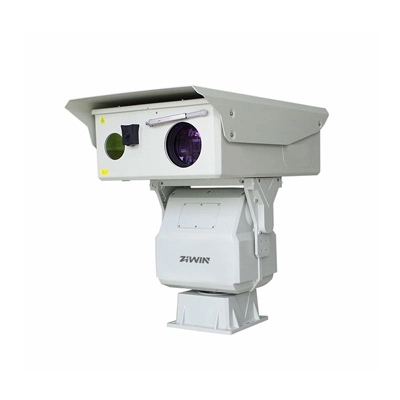Europe’s approach to CCTV surveillance reflects a delicate balance between security needs and privacy rights. While some nations prioritize public safety through extensive camera networks, others impose strict regulations to protect individual freedoms. This article analyzes the European countries with the highest CCTV adoption and explores the socioeconomic, political, and technological drivers behind their deployment strategies.

Camera Density: Leads Europe with an estimated 5.2 million CCTV cameras (1 camera per 14 people), concentrated in London, Manchester, and Birmingham.
Key Drivers:
Counterterrorism: Enhanced monitoring post-9/11 and 2005 London bombings.
Crime Reduction: Used in high-theft areas like shopping districts and transport hubs.
Legacy Infrastructure: Early adoption since the 1990s, integrated with ANPR (Automatic Number Plate Recognition) systems.
Camera Density: ~2.1 million cameras, focused on cities like Berlin and Frankfurt.
Key Drivers:
Public Transport Security: Monitoring U-Bahn stations and airports.
Retail Compliance: Mandated surveillance in large stores to deter shoplifting.
Data Privacy Limits: Strict GDPR enforcement restricts residential use but allows public-space deployments.
Camera Density: ~1.8 million cameras, expanding post-2015 terror attacks.
Key Drivers:
Smart City Initiatives: Lyon and Paris use AI-powered cameras for crowd management.
Olympics Preparation: Accelerated installations for the 2024 Paris Games.
Camera Density: ~800,000 cameras, notable for innovative applications.
Key Drivers:
Cybersecurity Hubs: Protection of data centers in Amsterdam.
Bike Traffic Management: Monitoring cycling lanes in Utrecht and Rotterdam.
High-density cities like London and Berlin deploy cameras to address pickpocketing, vandalism, and traffic violations. Thermal imaging and PTZ cameras (e.g., ZIWIN’s 4K IR Speed Dome) are favored for nighttime monitoring.
Post-attack policies in France and the UK mandate CCTV in critical infrastructure (e.g., airports, power plants). Laser-assisted PTZ units enable long-range threat detection.
GDPR Compliance: Countries like Germany limit residential camera angles to avoid capturing neighbors’ properties.
Subsidies: EU funding supports smart surveillance projects in Eastern Europe (e.g., Poland’s Safe City Program).
AI Analytics: Dutch cities use cameras with object recognition to differentiate between humans and vehicles.
Low-Power Designs: Energy-efficient models (e.g., ZIWIN’s ECO Series) align with EU sustainability goals.
Privacy vs. Security: Critics argue excessive surveillance in the UK infringes on civil liberties.
Bias in AI: Facial recognition trials in France have raised concerns about racial profiling.
Data Storage: EU laws require encrypted, locally stored footage, increasing costs for municipalities.
5G Integration: Ultra-HD livestreaming from 8MP PTZ bullet cameras] for real-time response.
Edge Computing: On-device data processing to reduce cloud dependency and GDPR risks.
Anti-Vandal Designs: Reinforced housings for cameras in high-risk areas, as seen in ZIWIN's PRO Series.
The UK, Germany, France, and Netherlands exemplify Europe's varied CCTV landscape, shaped by security imperatives, legal constraints, and technological innovation. As AI and IoT redefine surveillance, balancing efficacy with ethical accountability remains paramount. For policymakers and homeowners alike, selecting GDPR-compliant systems from certified vendors (e.g., CE-marked devices]) ensures both protection and compliance.